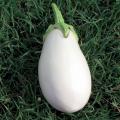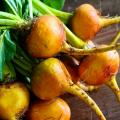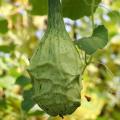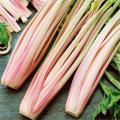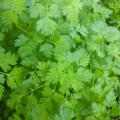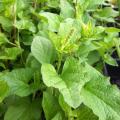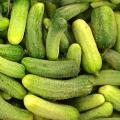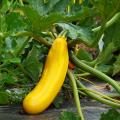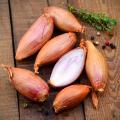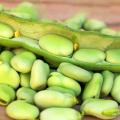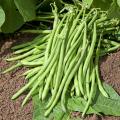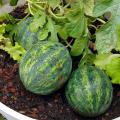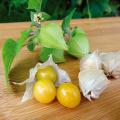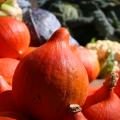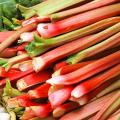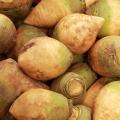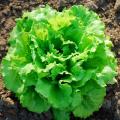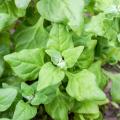Horseradish
Does this plant fit my garden? Set up your Plantfit profile →
Available in 2 sizes
Available in 1 sizes
The Wild Horseradish, in Latin Armoracia rusticana, is part of the ancient and forgotten vegetables. It is a perennial plant of the cruciferous family (or Brassicaceae) with multiple virtues, of which we mainly consume the fleshy and white root. With a strong taste, both spicy and peppery, it is used as a condiment, as an alternative to mustard. Raw and finely grated, this root is mainly used in German and Alsatian cuisines, as well as more generally Germanic cuisines, to enhance sauces and meats. The horseradish also goes by the very evocative names of German Mustard, Brittany Cran, Horse Radish or Poor Man's Pepper. A beautiful bushy plant, horseradish can reach a height of 1m (3ft). It has large, highly scented single leaves and offers a lovely white flowering in summer. Strong, hardy, and easy to grow, it thrives in moist, rich, and deep soil. It is advisable, as with radishes, to carefully monitor its watering to prevent its roots from becoming too spicy and/or woody.
We also offer a beautiful range of regional varieties of vegetables that belong to our plant heritage and undoubtedly deserve to be rediscovered.
Haven't found what you were looking for?














































